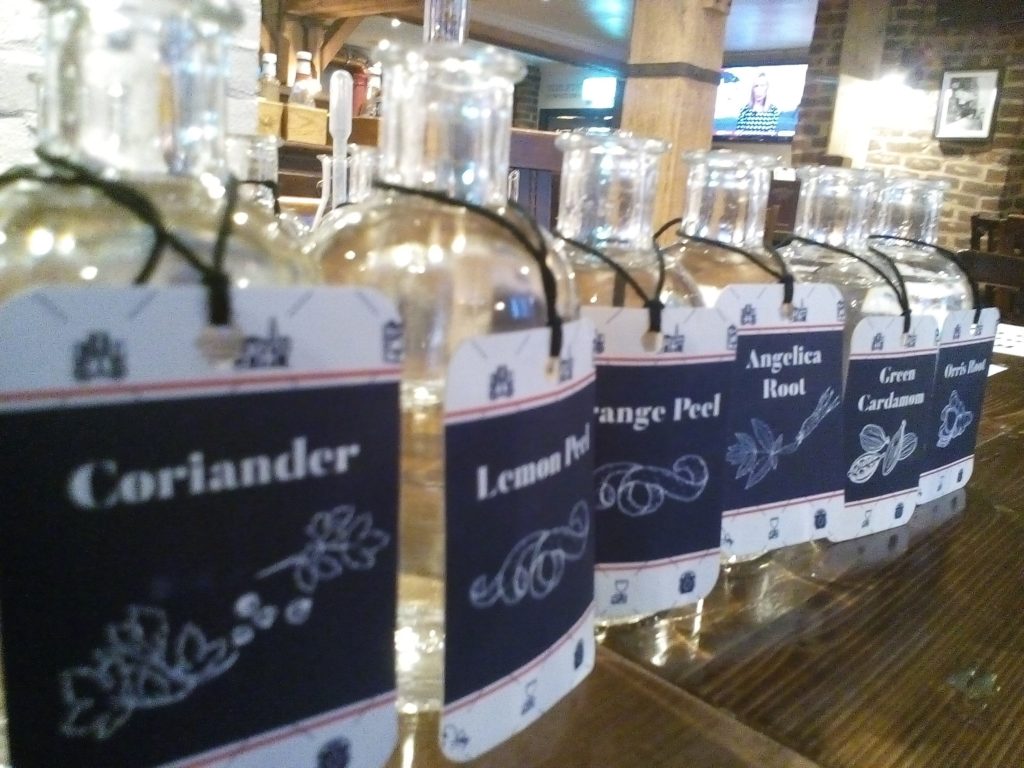
Master mixologist Rob Wagland is the perfect man for explaining the art and science of gin making. The drinks expert is one of the devotees of the celebrated Plymouth Gin offering a masterclass that gives everyone the chance to craft their own unique spirit.
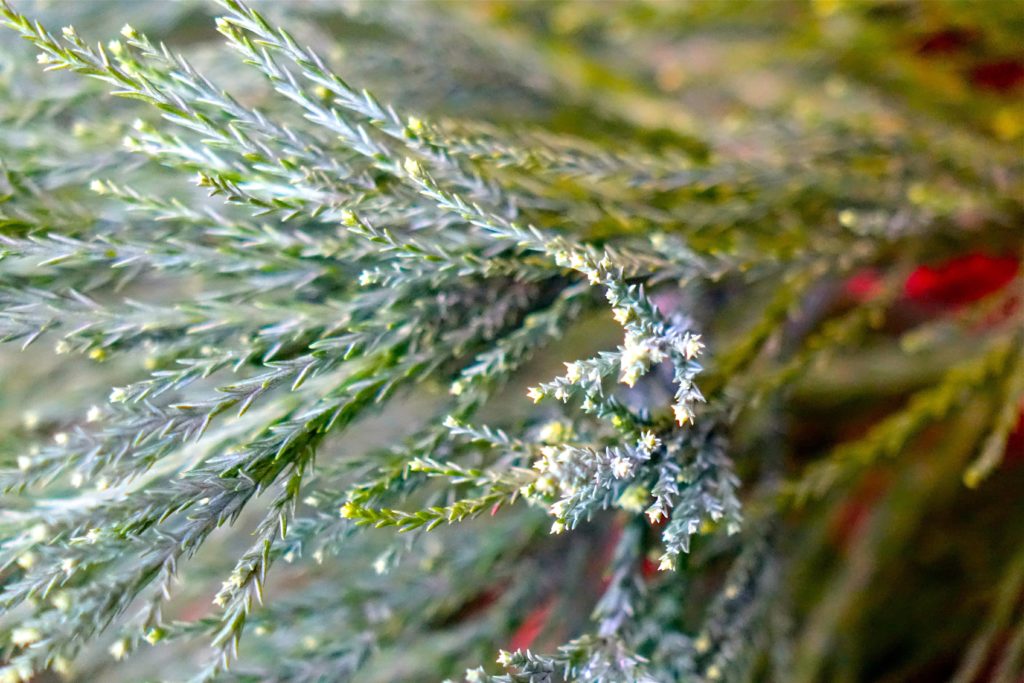
“Gin is an interesting and versatile spirit,” Rob tells Swahili Coast Foodie, “Especially great, of course, for cocktails.” The veteran bartender and events manager believes the gin craze that began to appear some twenty years ago has led to a really huge appreciation for the diversity of the spirit especially among Millenials. When asked about what makes him a fan of Plymouth Gin he explains: “It’s not artificially sweet. It has a sweetness coming from the botanicals.”
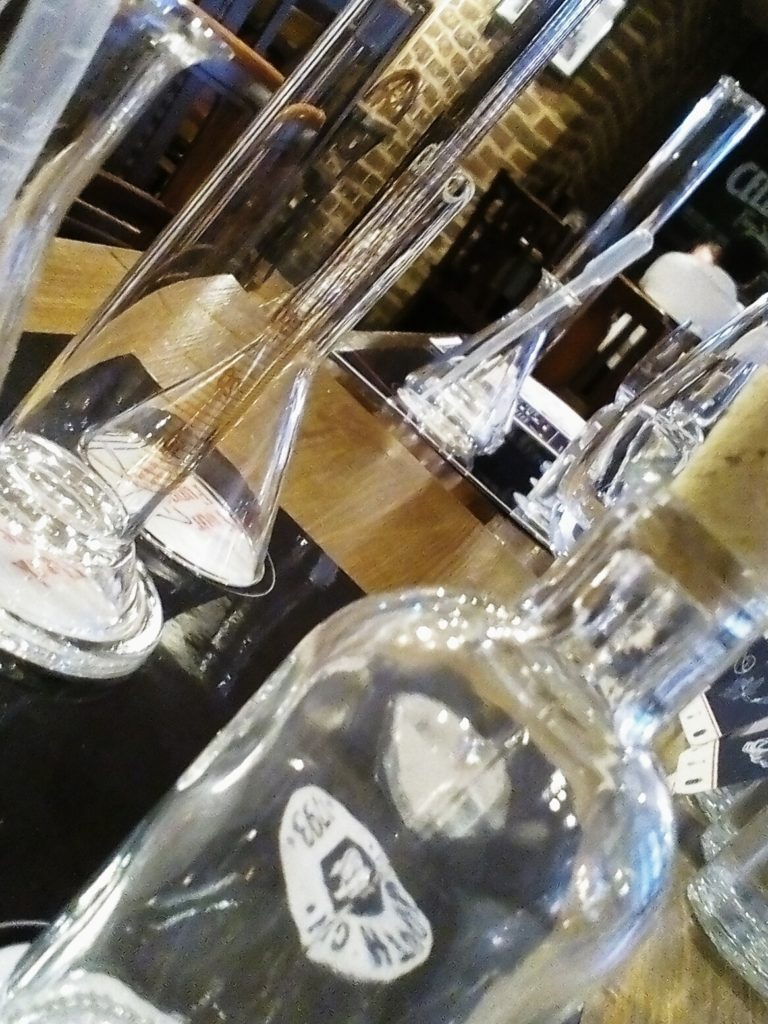
And it’s the botanicals that are at the heart of gin making. Plymouth Gin’s interactive masterclass presents all the essential seeds, berries, roots, fruits and herbs that give flavour to the spirit. Any gin starts life as a neutral (often grain-based) spirit. It’s almost pure ethanol but the botanical flavours are added through re-distillation. They are steeped or their vapour is absorbed by the spirit. Before the blending session begins, attendees are welcomed with a delicious Original Plymouth Gin and Fever-Tree Armomatic Tonic. Its garnished with lemon although Rob also suggests trying the classic G&T with slice of pink grapefruit. Infront of each aspiring blender is what appears to be a mini chemistry set and an intriguing selection of spirits infused with the botanicals that make the world-famous Plymouth Gin which began life the famous navy base of England’s Cornish coast back in 1793.
The distillery itself was first built as a monastery in the 15th century. The building was also believed to have given shelter to the Pilgrim Father’s the night before they set sail aboard the Mayflower for North America. The port’s global connections meant ships arrived with ingredients from across the expanding British Empire. “Plymouth had a spice market to source botanicals.” explains Rob who went on to explain the relationship between the distillery and Britain’s Royal Navy where the spirit was served to officers aboard ships across the world. Rob explains that the brand today remains a firm favourite ashore with mixologists worldwide: “Plymouth Gin is the most listed gin in Craddock’s The Savoy Cocktail Book.” This collection of 750 cocktails, first published in 1930, is still in print today and regarded as a ‘bible’ for bartenders. According to Rob it is believed the first Dry Martini was made with Plymouth Gin.
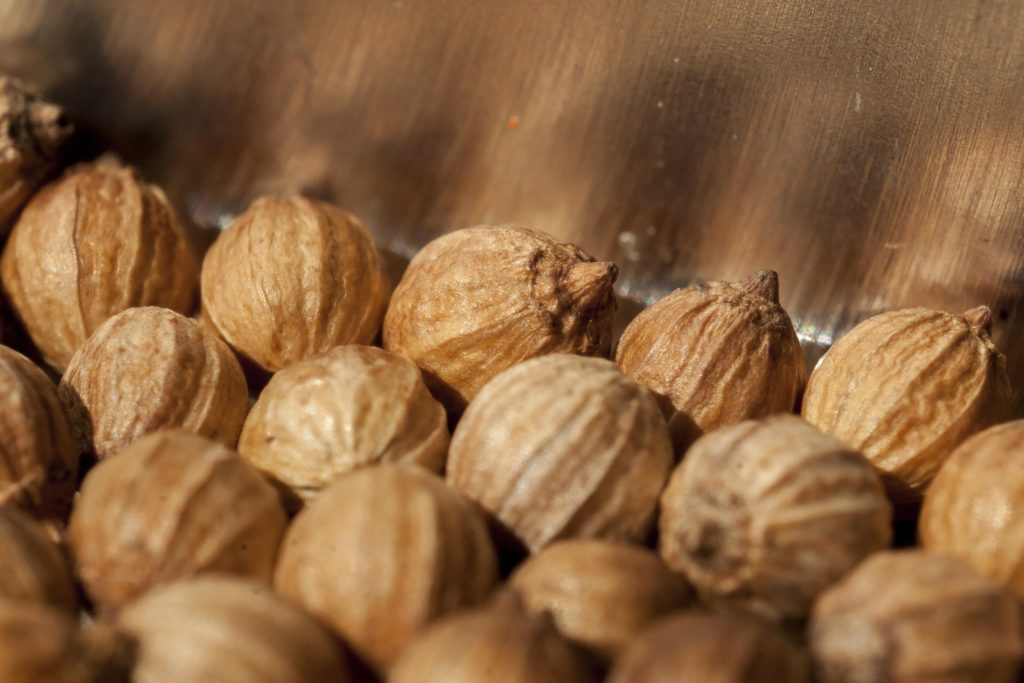
The blending itself kicks off with juniper. It has a fresh pine aroma and to be called gin a spirit must have a predominant flavour of juniper. Rob reveals that Rob Harrison, Plymouth Gin’s master distiller, can trial up to 150 different types of juniper to select the perfect one for the blend. Plymouth Gin’s juniper is sourced from Italy and its made in a copper pot dating back to the 1850s. For the bespoke gin creations, Rob recommends that 30 to 40 per cent of the blend has juniper. Russian-sourced coriander is then added for the balance it gives the gin with its citrus aromas together with a hint of sour and spice. Plymouth Gin derives its sweetness from the Spanish lemon and orange flavours that offer a background note of fresh citrus to the spirit. Rob observes: “Plymouth Gin has a sweeter taste than traditional London Dry Gin.” No sugars or additives are added to London Dry Gin after the distillation process. It does not, however, have to be made in the city, the London Dry term simply means there is nothing added.
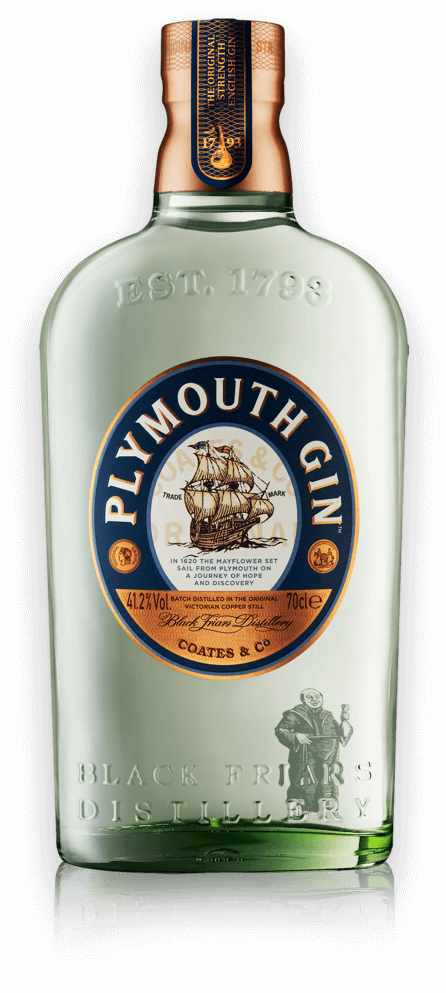
Angelica root offers a distinctive, dry finish along with a complex sweetness. Cardamom, meanwhile, is added in a tiny proportion to give a hint of ‘fresh menthol’ and a ‘natural warming’ according to Plymouth Dry Gin. Orris root is described as the ‘glue’ that binds the flavours together. It can help to ‘fix’ the aromas and flavours within a gin. The result? Well it really depends how skilfully you blend the botanicals. It is certainly requires a refined blending skills to achieve that right balance of flavours that make a great gin so appealing. Trying to blend botanicals to make a gin creation certainly makes one appreciate the very delicate balance that is achieved in a really great gin. As Plymouth Gin has the oldest working distillery in the UK, they have certainly had plenty of time to perfect their creations!
As for the best way to serve gin? Rob loves to make a Negroni, if its made right: “I like the bitterness but its also a well balanced cocktail.” In tribute to Plymouth Gin’s naval heritage, however, why not try the Pennant? Here’s how…
35ml Plymouth Gin
15ml Plymouth Sloe
15mil Sweet Vermouth
7.5ml Apricot Liqueur
25ml Lemon Juice
25ml Juice
12.5ml Gomme
Put all the ingredients into a glass, churn with crushed ice. Top with more crushed ice and soda water. Garnish with orange and lemon.










